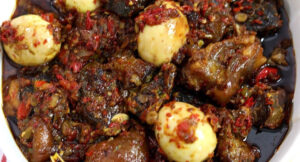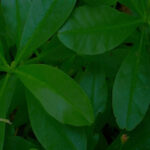Nigeria’s rich agricultural landscape offers a bounty of opportunities for farmers throughout the year. Understanding the seasonal variations and choosing the right crops to grow can significantly impact the success of farming endeavors. In this comprehensive guide, we’ll delve into Nigeria’s seasonal farming calendar, highlighting the best crops to grow during different seasons and providing valuable tips for planting, care, and harvesting.
1. Rainy Season Farming (April to October)
Maize (Corn):
- Planting: Begin sowing maize seeds as soon as the rainy season commences. Optimal spacing between plants is essential for robust growth.
- Care: Regular watering during dry spells and diligent weeding help ensure healthy maize plants.
- Harvesting: Maize cobs are ready for harvest when the kernels are fully developed, typically around 3-4 months after planting.
Rice:
- Planting: Rice should be planted in flooded fields or irrigated paddies at the start of the rainy season.
- Care: Maintaining appropriate water levels throughout the growing period is crucial, along with effective weed and pest management.
- Harvesting: Rice grains are ripe for harvesting when the stalks turn golden brown, usually after 3-6 months.
Yam:
- Planting: Plant yam tubers early in the rainy season in well-drained, fertile soil.
- Care: Supporting climbing yam vines and mulching around the base of plants aid in their growth.
- Harvesting: Yams are ready for harvest when the vines dry up and tubers reach maturity, typically 6-9 months post-planting.
2. Dry Season Farming (November to March):
Tomatoes:
- Planting: Start tomato seeds in nurseries towards the end of the rainy season for transplantation at the onset of the dry season.
- Care: Consistent irrigation and adequate support for the plants are essential for healthy tomato growth.
- Harvesting: Harvest tomatoes when they are firm, fully colored, and ripe, typically 2-3 months post-transplanting.
Pepper (Capsicum):
- Planting: Begin pepper seeds in nurseries towards the end of the rainy season for transplantation during the dry season.
- Care: Regular watering and protection from pests and diseases ensure optimal pepper yield.
- Harvesting: Peppers can be harvested once they reach the desired size and color, usually 2-3 months post-transplanting.
Cabbage:
- Planting: Initiate cabbage seeds in nurseries towards the end of the rainy season for transplantation early in the dry season.
- Care: Consistent watering and the application of organic mulch aid in cabbage growth and development.
- Harvesting: Harvest cabbage heads when they reach full size and firmness, typically 2-3 months post-transplanting.
By aligning crop selection with Nigeria’s seasonal variations and employing appropriate planting, care, and harvesting techniques, farmers can optimize their yields and contribute to the country’s agricultural prosperity. Whether it is the abundance of the rainy season or the challenges of the dry season, adapting farming practices to suit Nigeria’s climate ensures sustainable and successful agricultural endeavors.











